Part Two of Art I'd Like to Hang on My Walls
The Story of My List Without Men - Thanks to Katy Hessel
I have become so bogged down in my list of art I want to hang on my walls that things are getting out of control. The latest iteration is written on the bag my medication came in from the chemist in about four different colours depending on which pen was to hand when I passed the bag and had another idea.
This could run and run so I decided to do part two regardless of where in the scrawled on madness my list happens to be. Today’s list is going to be about art by women artists in homage to
The Story of Art Without Men, which came out in paperback last week. When I worked at Waterstones, the hardback was one of our books of the year and now the paperback is their non-fiction book of the month. If you’ve already got the hardback like me, it’s worth grabbing the paperback because there is a new chapter. It’s £12.99 in paperback (currently £10.99 in Waterstones) which for the number of quality illustrations alone is a steal.It wasn’t until I started to listen to Katy’s podcast The Great Women Artists, that I realised how lacking my knowledge of women’s art and artists was. It’s an absolute delight to discover new (to me) artists and get an understanding of their practice. So, with thanks to Katy, without whom this list would be threadbare, let’s make a start. I’m not including works by artists I already own, so although Tracey Emin and Maggi Hambling would most definitely be on this list, I am curbing my greed.
Let’s start at the correct scale. As
commented in the thread that started this, I am not shy about size. I’d love to own any one of de St Phalle’s Nanas, the bigger and more voluptuous the better. The Nanas are crazy, colourful sculptures of the female form that she made in all kinds of shapes and places through her career. My dream is to go to the Tarot Park that she created on the site of an old quarry in the Tuscan countryside where the Nanas proliferate and are so big that de St. Phalle used to live inside one of them.I love how riotously present they are. I love how they take up space, how they curve and bulge and are just so joyous. I read that in French, nana is slang for a saucy woman. Apart from being delighted at the use of the word saucy, I also love that in English, a nana is considered to be a woman beyond the reach of what the nanas represent and how this interpretation undermines and subverts it. As I speed towards my hag/crone years I fully embrace the idea that I will only become more like one of de St. Phalle’s sculptures and less like a toothless crone with a bad perm and a penchant for shouting at young people.
You can listen to the Great Women Artist’s episode about Niki de St. Phalle to find out more about her extraordinary life.
Bisa Butler is an American artist who works in textiles. She makes quilts that capture the lives of Black Americans and which are often reproduced from archive photographs, depicting history in new and challenging ways. I am obsessed by quilts and the use of textiles in fine art (I could do an entire, other post about quilts I love them so much), so discovering Butler’s work has been really exciting for me.
Listening to the podcast it was fascinating to learn about Butler’s drive to depict histories that might otherwise be forgotten, and in a medium that is such a part of her heritage, through not just her own family traditions but looking back to the work of people like Faith Ringgold and The Gees Bend quilters. I love that her attention to detail is not just about historical accuracy but also in the fabrics that she chooses to use. I also love the transformative process of taking something from the archives and turning it into something that hangs in an art gallery. For me, she is bringing history to life in a way that is vital in all senses of the word. I have chosen Southside Sunday Morning as my pick because it’s so full of life and movement. It’s sharp and slick and as soon as you listen to it you can hear jazz playing. I love how joyous it is, but I’d be happy with any of her works.
Hundreds of years ago, when I wrote a blog, I made a Christmas list that included a photograph by Sam Taylor Johnson (Sam Taylor Wood as she was known then). In all the years since, I haven’t changed my mind about her work and I’m still waiting for that under the tree moment. My favourite of her photographs has also remained the same. I love the sequence of images that makes up her Bram Stoker’s Chair series. I find them haunting and hypnotically strange and full of a kind of vital luminosity that I find endlessly appealing. I was hoping that I might see some of them at the Fragile Beauty exhibition at the V&A, but they went with her crying men pictures instead which are undeniably beautiful and stunningly vulnerable. They are real showstoppers but it’s always the chairs for me.
My final pick is someone who hasn’t yet featured on The Great Women Artists Podcast, but hopefully will in the future. Joan Eardley was a Scottish painter who started her working life painting children in the Glasgow slums and wound up living in the fishing village of Catterline where she painted for the rest of her life. I love all of her paintings and I’m going to be greedy here and ask for more than one of her works. I’d love to own The Yellow Jumper, which is one of her paintings of Glasgow street children.
I love its warmth and personality. It reminds me of a Lowry painting but where Lowry distances himself from his subjects, creating a sense of loneliness that I find pervades a lot of his work, Eardley is up close and personal. There is no denying the poverty she depicts, nor the vulnerability of the children she paints, but for me, she never fails to capture what makes the heart beat faster. There is real camaraderie and beauty in her work. They are so friendly.
Of the Catterline paintings I am torn between the seasons. I love this sun drenched painting called Summer Fields but I also love Catterline in Winter.
To be honest, they’d work so well together as a pair it would be rude not to take them both.
The summer painting reminds me of another of my favourite paintings, The Cornfield by John Nash,
something that would be on today’s list if I weren’t focusing on women artists. I love the sharp, graphic nature of the Nash painting, but a bit like Lowry, Nash seems disconnected from the scene. It almost borders on illustration (not that there’s anything wrong with that). What I love most about Eardley’s landscapes is the texture. When you look at them, like her paintings of the children, you feel like she inhabited the spaces she depicts. She knows these places in a visceral, real way. For me, her landscapes border on the psychogeography territory. I feel like if I could understand the place, I could understand the person, and I really, really want to.



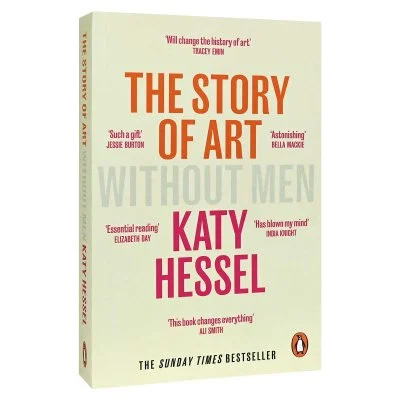
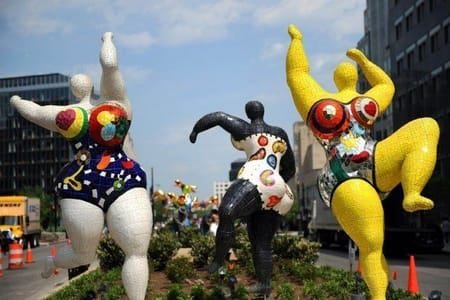
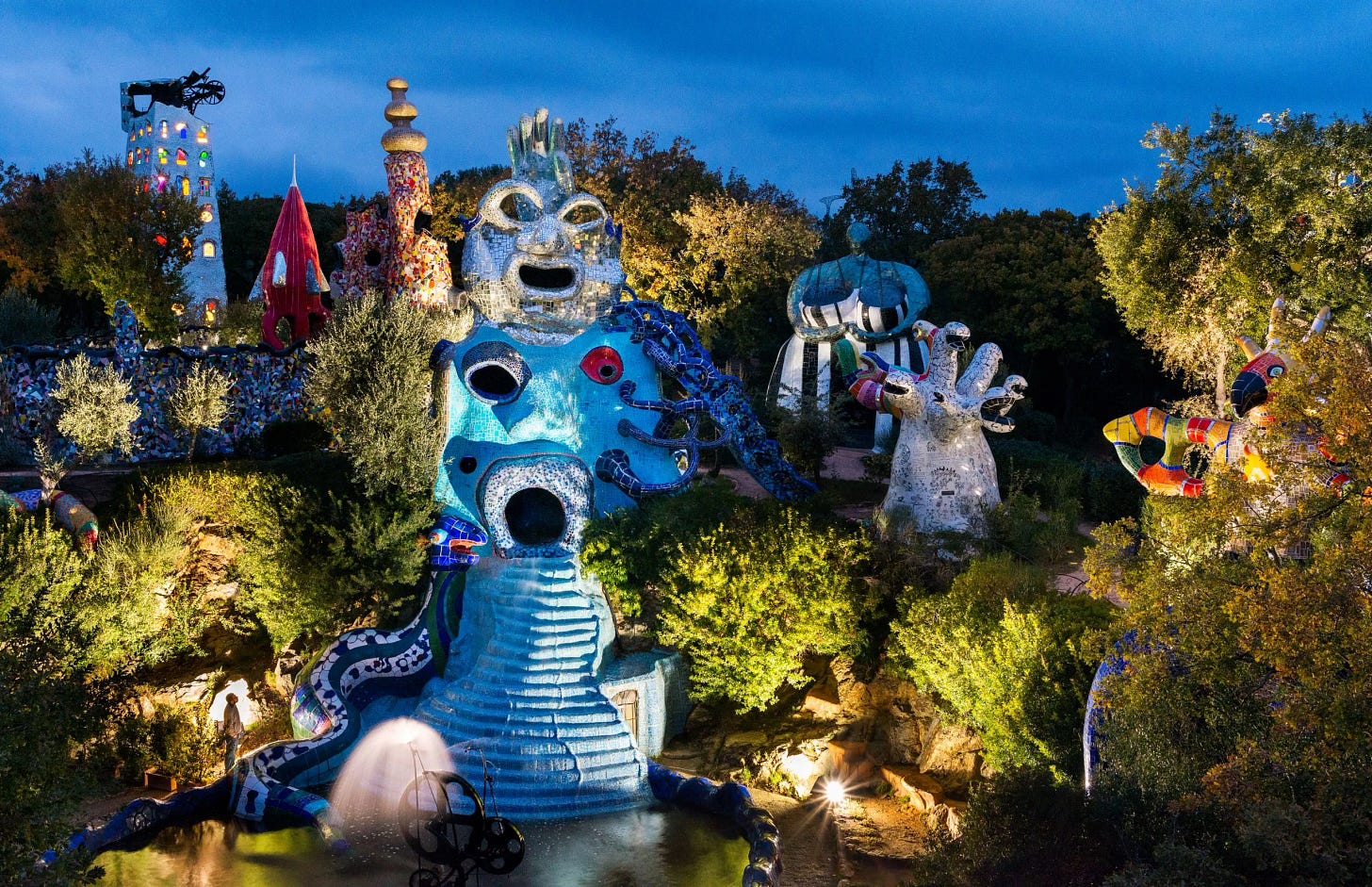
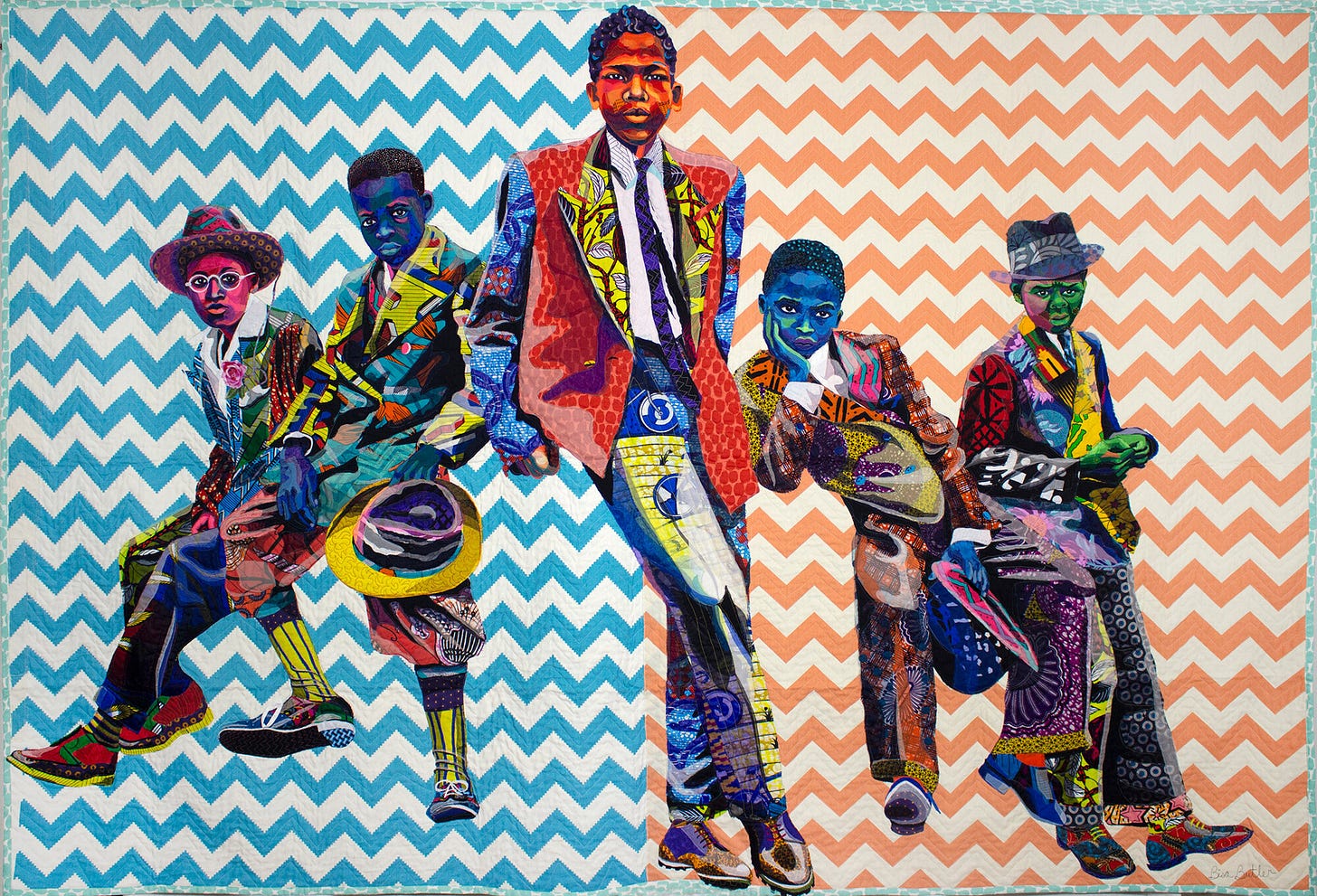
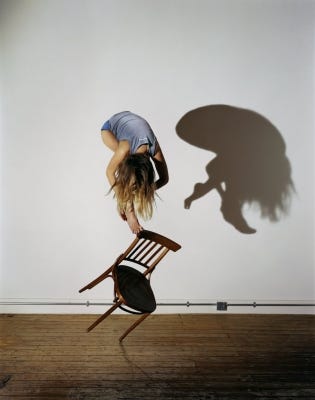
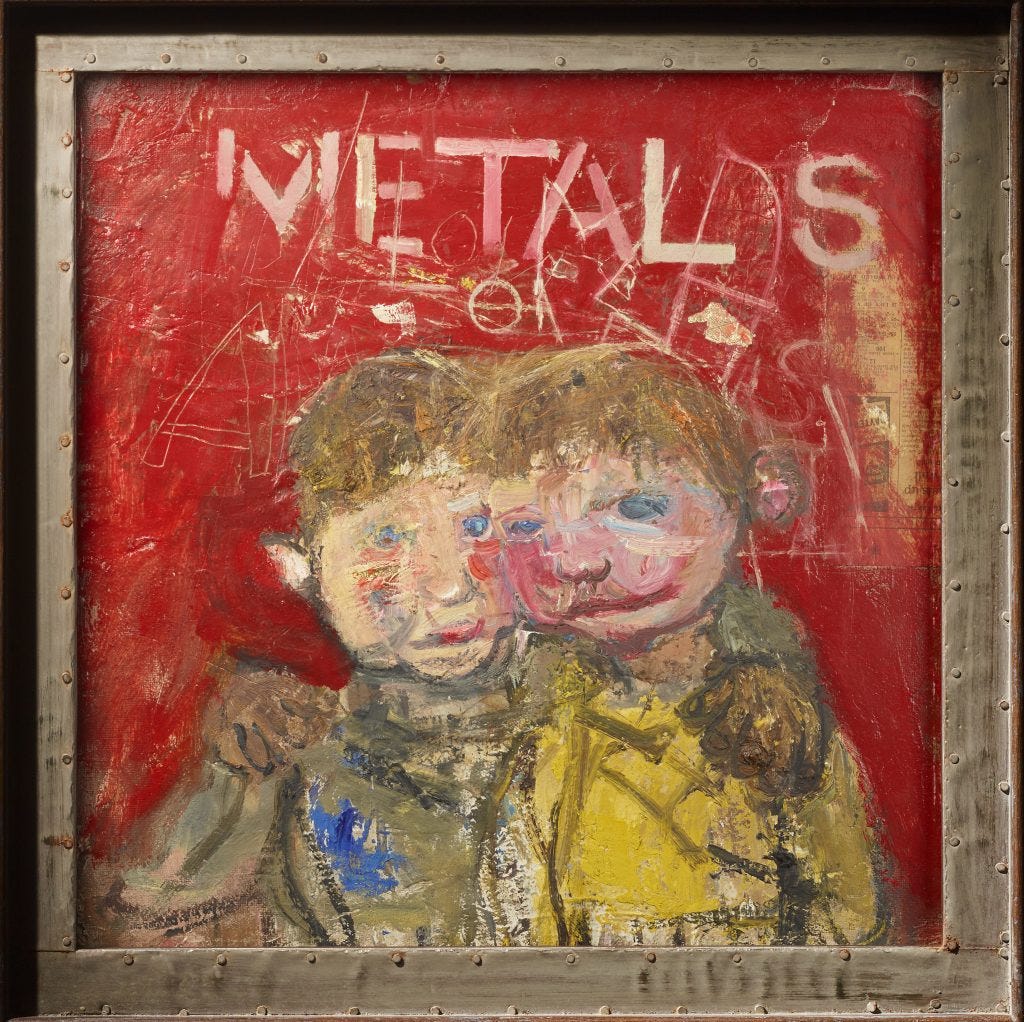
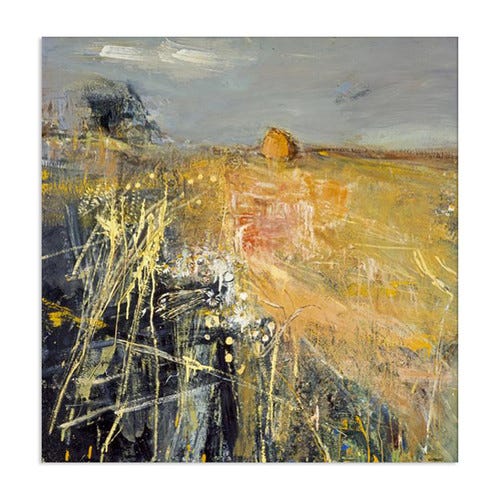
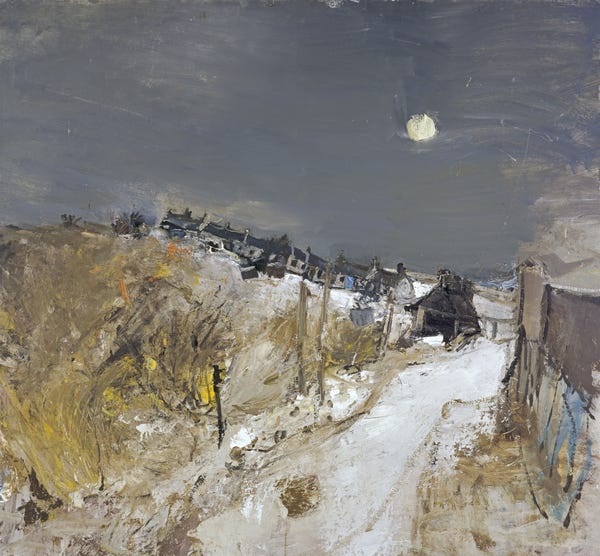
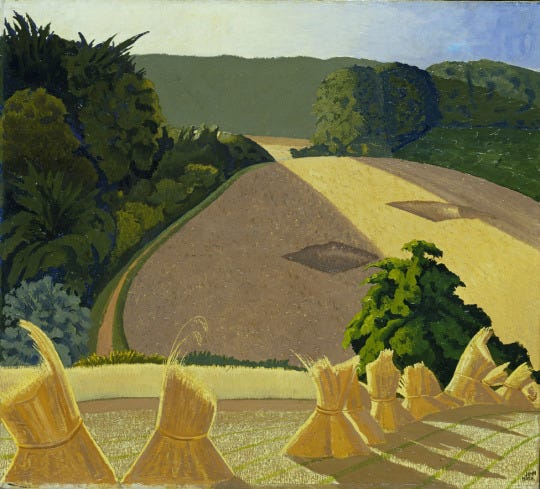
I love St Phalle. I saw one in Zurich station years ago. It was my friend Stella’s favourite. I was there for her memorial service.
Thank you! The Katy Hessel feels like a brilliant use of the last of my 'leaving work because I need to do other things' book token and is now top of the tsundoku.